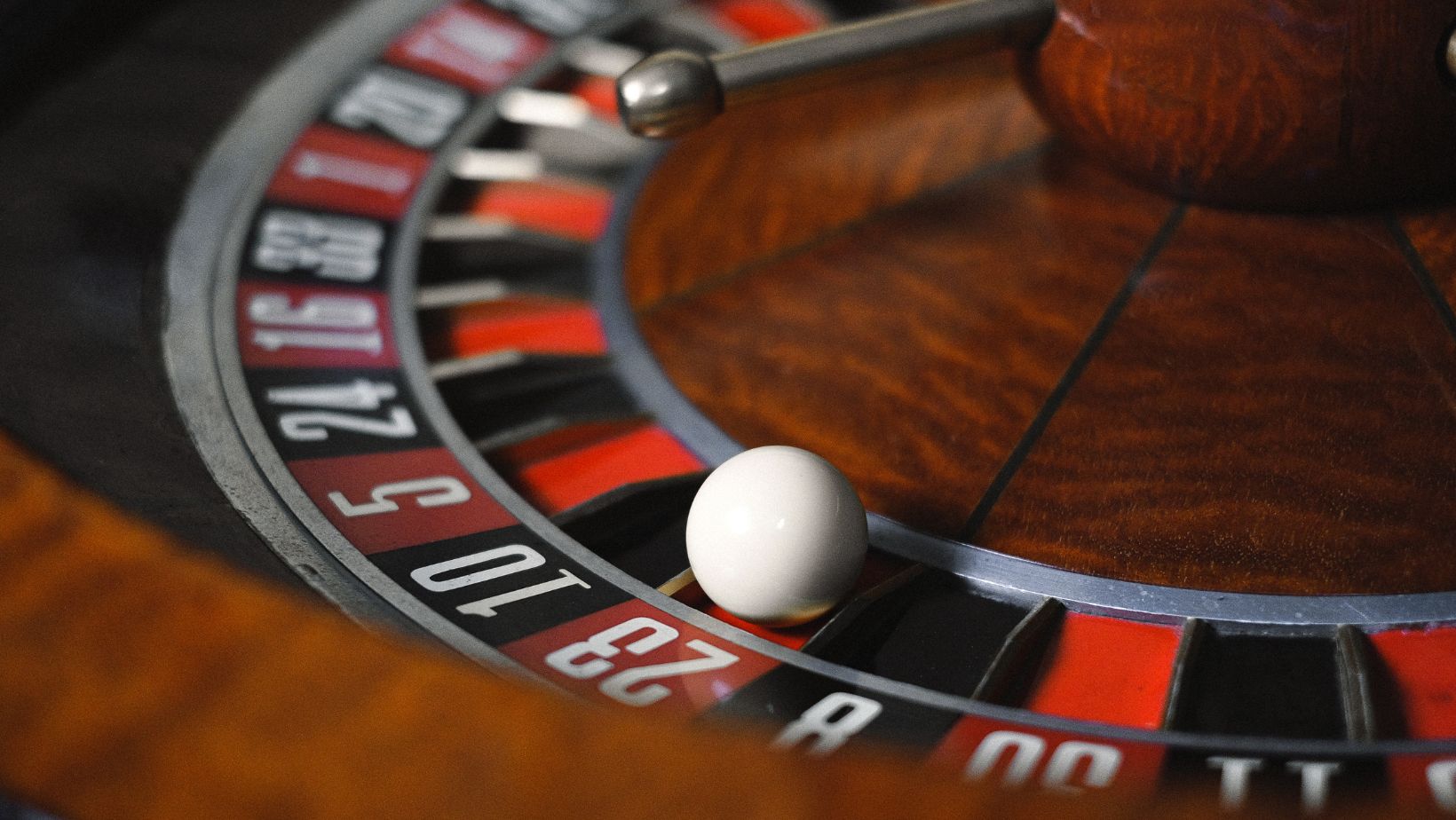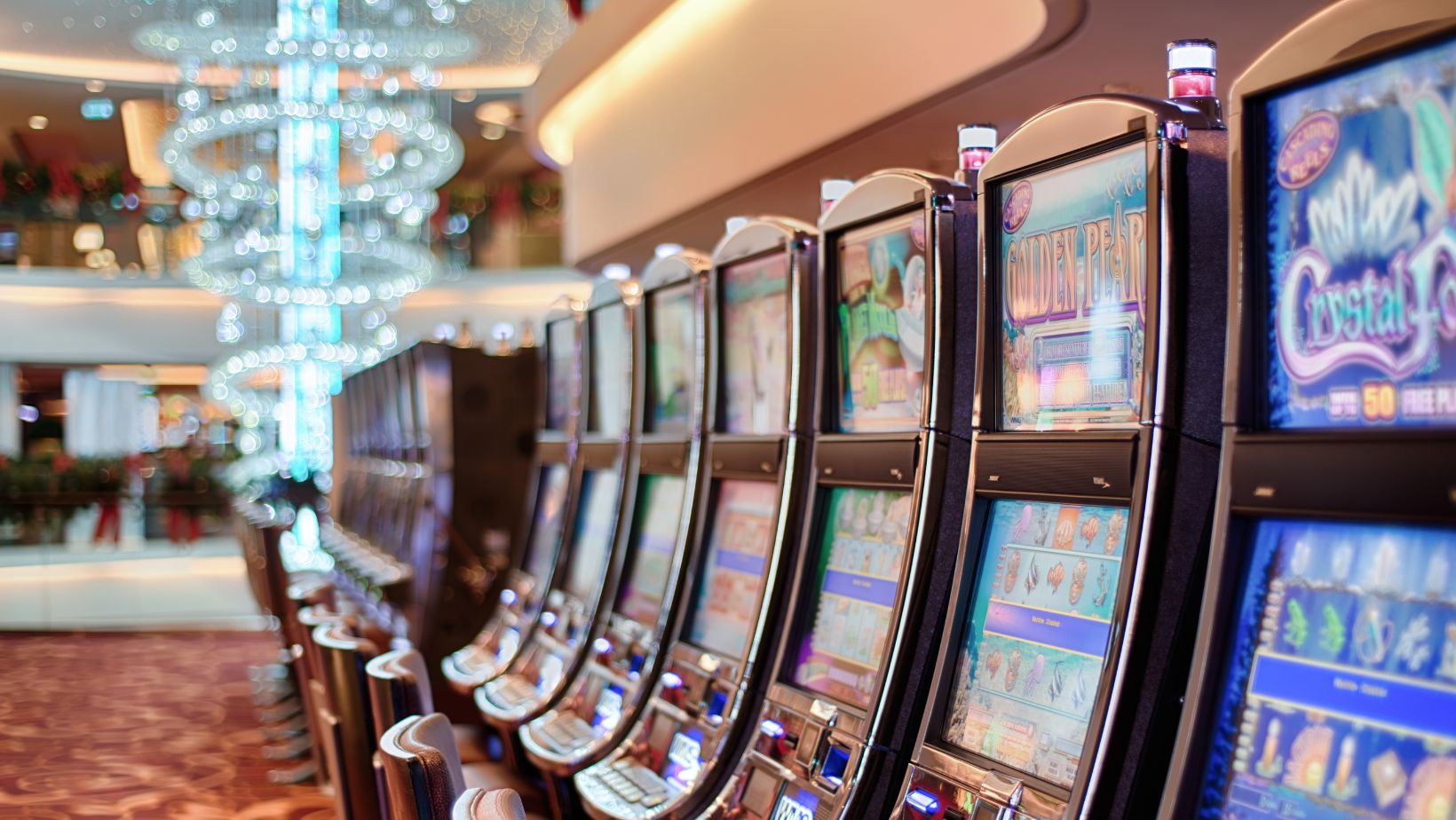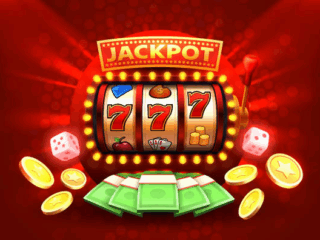
Auto-play seemed like such a convenient feature. Set your bet size, choose how many spins, and let the slot machine run while you grab a coffee or answer a text. I’d used it dozens of times for short breaks without major problems. Then one Tuesday afternoon, I hit the auto-play button, walked to the kitchen to make a sandwich, and came back to discover I’d blown through $800 in fifteen minutes.
Responsible operators like Kingmaker Casino recognize the risks of automated play features and provide comprehensive responsible gambling tools alongside their welcome offers of 100% up to €500 plus 25 free spins, encouraging players to set strict time and loss limits rather than relying on convenience features that can lead to uncontrolled spending.
How Auto-Play Actually Works (And Why It’s Dangerous)
Most people think auto-play just spins the reels automatically at your chosen bet size. That’s true, but there’s a lot more happening behind the scenes that makes this feature particularly risky for your bankroll.
Auto-play removes every natural stopping point that normally exists during manual play. When you click each spin yourself, there are tiny moments to reconsider—especially after losses. You might pause to check your balance, think about your next move, or decide to quit. Auto-play eliminates all these micro-decisions that can save you money.
The feature also operates at maximum speed. While manual play might average 20-30 spins per minute depending on your clicking speed and thinking time, auto-play can blast through 60+ spins per minute on fast connections. This acceleration dramatically increases your hourly loss rate even with identical RTP percentages.
Personal reality check: I calculated that my normal manual play would have taken about 45 minutes to lose that same $800. Auto-play compressed that loss into a lunch break.
My $800 Lunch Break Disaster
I was playing a $4 per spin slot that I’d been doing well on earlier that morning. Hit a decent bonus round for $180 and was feeling confident. Rather than cashing out like I should have, I decided to run auto-play for 100 spins while I made lunch.
Set it to $4 per spin, 100 spins maximum, figured I’d be back in 10 minutes to check progress. What I didn’t account for was the stop-loss settings. I’d configured auto-play to stop if I hit $1000 in winnings, but I hadn’t set any loss limits. The feature would keep spinning until it either hit 100 spins or I ran out of money.
Came back from the kitchen to discover auto-play had churned through 200 spins (it hit a bonus that gave extra spins, extending the session), burning through my $600 starting balance plus the $180 morning profit, and then some. The slot had gone completely cold during those fifteen minutes.
The Psychology Behind Auto-Play Disasters
Auto-play exploits several psychological weaknesses that manual play doesn’t. When you’re not actively clicking, losses feel less real. There’s no physical action connecting you to each bet, making it easier to detach emotionally from what’s happening to your money.
The feature also creates false confidence about “systems” and betting strategies. Players often research specific game strategies like dancing drums slot strategy or similar approaches, then assume auto-play will execute these strategies perfectly. In reality, you’re just automating random outcomes at accelerated speed, and most strategies require active decision-making that auto-play can’t provide.
Dangerous thinking pattern: “I’ll set auto-play to run while I’m busy and come back to profits.” This treats gambling like passive income rather than active entertainment, which leads to much larger losses.
Why Casinos Love Auto-Play Features
Casinos promote auto-play as convenience, but the real reason they offer it is simple: it dramatically increases revenue per player. Auto-play users typically lose money 3-4 times faster than manual players, not because the games are rigged, but because of increased betting frequency and reduced stopping opportunities.
The feature also keeps players engaged longer. Instead of natural breaks when someone might walk away, auto-play creates continuous action that holds attention and prevents exits. Many players feel compelled to watch the spins, turning what should be background activity into hypnotic screen time.
Settings That Can Protect You
If you insist on using auto-play despite the risks, strict loss limits are essential. Set maximum loss amounts that stop the feature before serious damage occurs. Many players configure win limits but forget loss protection—exactly what happened to me.
Time limits work better than spin limits because bonus features can extend sessions unpredictably. Set auto-play to stop after 5-10 minutes maximum, regardless of spin count or results.
Never use auto-play when you’re distracted, multitasking, or away from your device. The convenience factor becomes a liability when you’re not actively monitoring what’s happening.
What I Do Now
I’ve completely stopped using auto-play features. The convenience isn’t worth the risk of accelerated losses and reduced control. Manual play forces me to stay engaged with each decision, maintain awareness of my balance, and take natural breaks that often save money.
When I want to play slots while doing other things, I stick to lower stakes that make extended sessions affordable. But honestly, I’ve learned that gambling works best when it has my full attention, not when it’s running in the background of my life.
Bottom Line
Auto-play turns gambling from active entertainment into passive money destruction. That $800 lunch break taught me that convenience features in gambling usually benefit the house more than the player. Sometimes the manual way is better, especially when your money is on the line.




